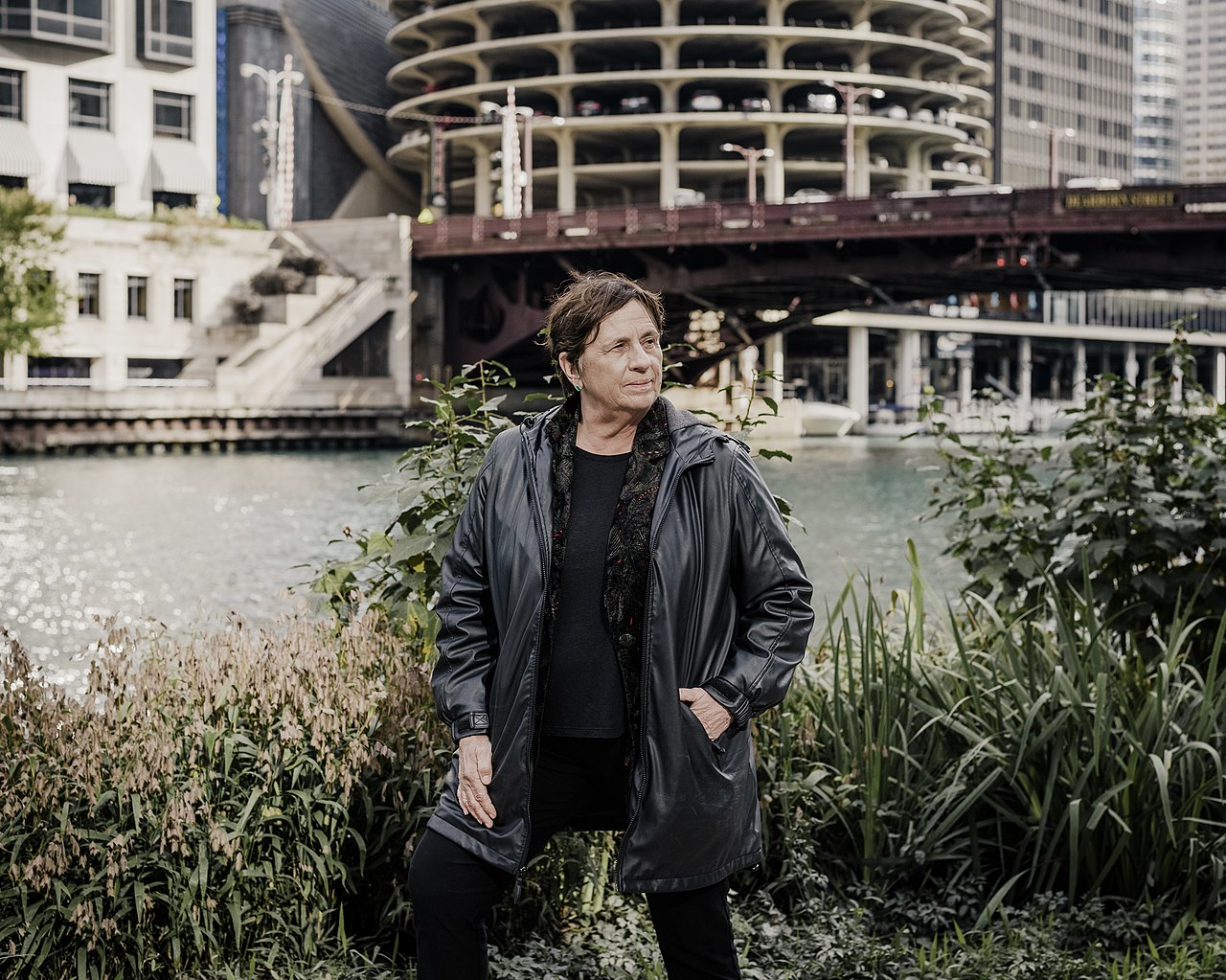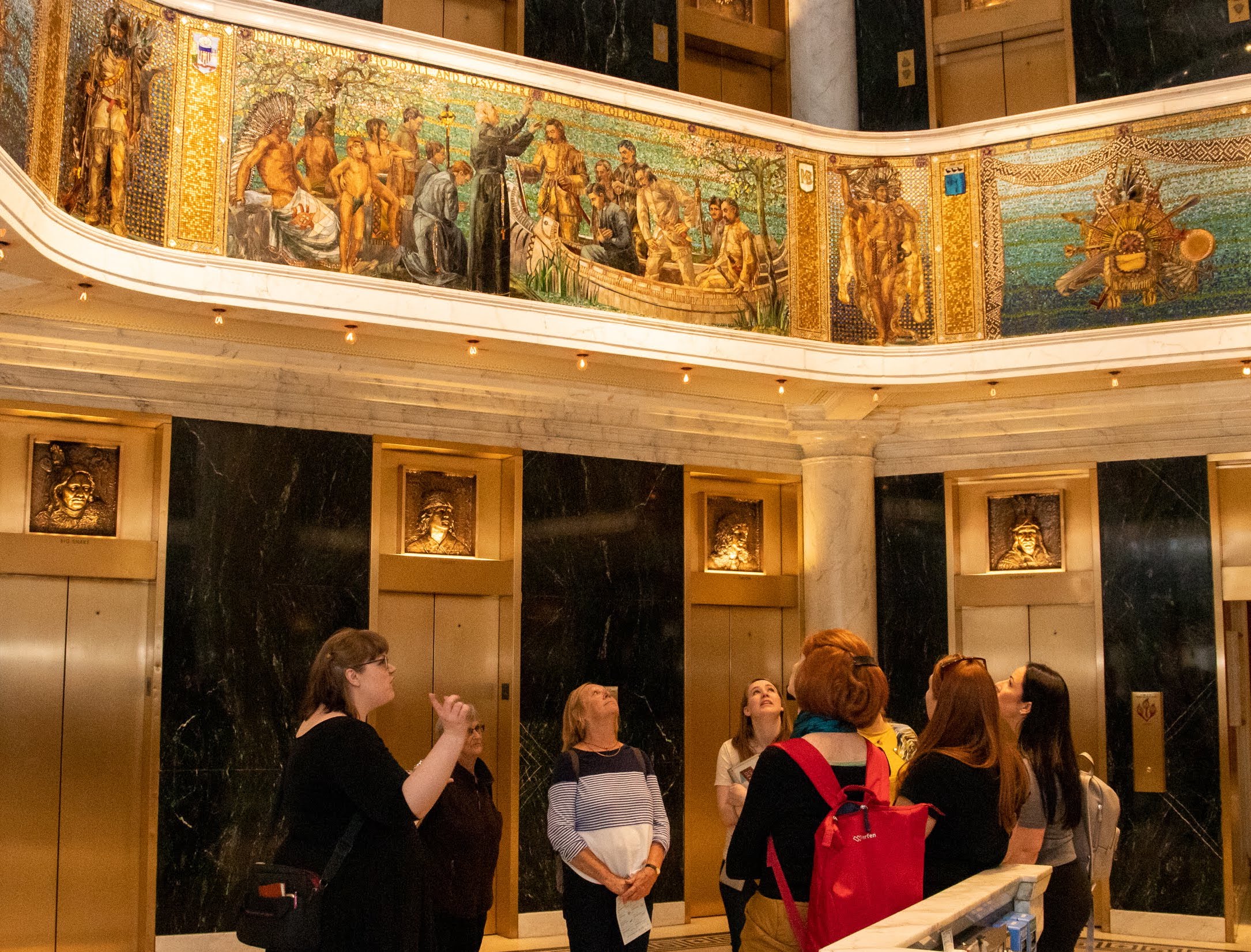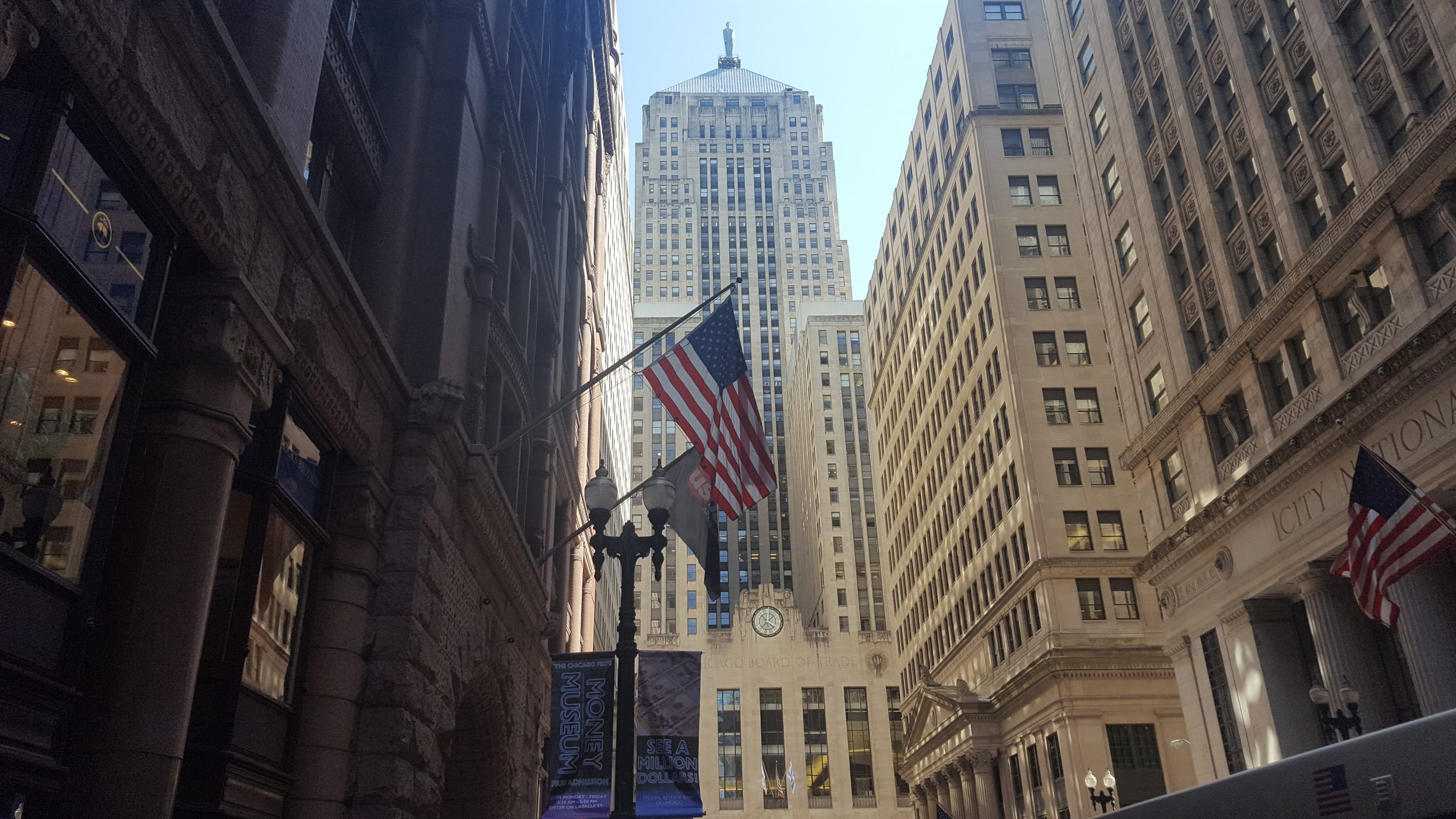Our new 1893 World’s Fair Tour with Bars launches on March 16th. This walking tour is a three-hour-long adventure featuring charming pre-1900s buildings, drinks, some light snacks, and games. Guests learn the history of popcorn while snacking on the Chicago-made Cretors brand. We ride in one of the last passenger elevators with a human operator. The tour looks out over a grand view of Grant Park and the train tracks that took you to south to visit the World’s Columbian Exposition of 1893. We go through all these in order to consider what it is is about this event that is so intriguing.
You’ll have to come on the new 1893 World’s Fair Tour with Bars for the full experience. As a preview, I thought I’d share a little bit of behind-the-scenes process that goes into developing our personalized style of educational historic bar crawls and architecture tours.

Where To Begin
Imagine that you are whisked back to your college years, and you have a term paper due. You were really excited about the topic you chose, you’ve started doing the research, but you still haven’t solidified that elusive thesis statement. What is your opinion? What perspective are you going to share that shows you really dug in deep with the subject matter?
You’re stuck, so you skim academic books. You try writing out your thoughts. You procrastinate. Then you bounce ideas off a friend, but they don’t understand what you’re talking about. You still don’t know where you’re going with this, and your enthusiasm begins to curdle. Excitement has morphed into wondering what you’ve gotten yourself into.
This conceptual wrestling match is what I go through when I make new tours. All our bus and walking tours are designed with a topic in mind, of course. What can be tricky is sneaking in scholarly ideas that are still fun and accessible. We want guests walk away looking at Chicago architecture and history from new perspectives.
With the 1893 World’s Fair Tour, I didn’t know where to begin that process. The event was so big, both its physical size and its worldwide influence culturally. Scholars have analyzed it from infinite angles. It seems like everyone has read The Devil in the White City and other tour companies have made “Devil in the White City” themed tours. I wanted to do something different.
Location, Location, Location
The 1893 World’s Fair Tour would need to be downtown. It’s hard to get people all the way down to Jackson Park, where the World’s Columbian Exposition actually happened. Plus, there is actually much more remaining from the fair downtown than on the South Side.
My first tasks were to plot out which buildings remained from 1893 and to make sure they could be within walking distance. Check. Next, I’d have to learn all about them, to see which ones should be included on the tour. Each stop on the tour to be like a chapter in a book. The trick is somehow connecting those chapters under a cohesive idea.
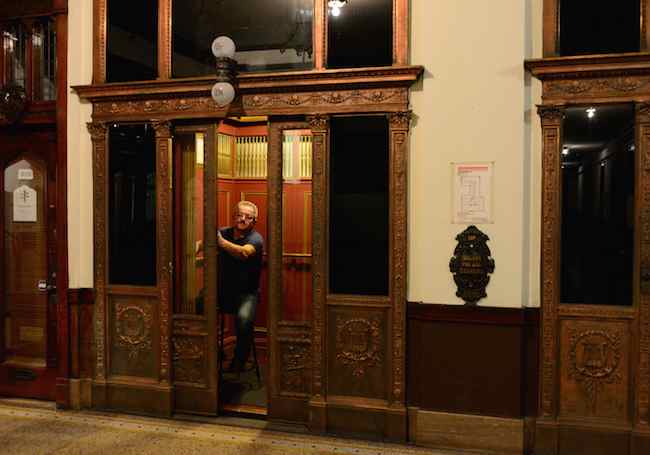
Research for the 1893 World’s Fair Tour
At Chicago Detours, we say that we bring people to explore stories and places locals don’t even know. Which made my task extra difficult, because everyone knows something about the 1893 World’s Columbian Exposition. The 1893 World’s Fair Tour would need to show tour guests how much more there is to this landmark event. That meant I’d have to dive into a lot of research.
So I sifted through old ads from playbills of the Studebaker Theatre, which is inside the Fine Arts Building. The playbills don’t date to 1893, but from about a decade later. However, they tie in with the story because the World’s Fair introduced millions to America’s burgeoning consumer culture. Early advertisements like these are also fun to look at, since their designers were transparently fumbling to figure out a new medium.
I also hunted down exhibition catalogs. These helped me understand the inventions, products and machines that people saw for the first time. There was an incredible level of detail and variety to these exhibits. I also poured through academic essays on the 1893 World’s Columbian Exposition in search of insights to the fairgoers’ experiences.
Photos and Mixtures
Photographs from the fair helped paint a picture of what walking the plazas and promenades was like. Chicago by Day and Night, with an intro recently edited by Bill Savage and Paul Durica, is a travel guidebook written for the 1893 World’s Columbian Exposition. It gave me some great insight into the everyday goings on at the fair. I was especially keen to learn how people got to the fair from downtown, or how they avoided getting hustled or scammed. The buildings themselves also held many clues for stories.
Ultimately, I had to mesh together all those stories and ideas. Choosing those that best fit within my “chapters,” as well as stir the greatest range of emotions and thoughts was one of the most vital parts of the process. What do I mean by this? Some stories are funny, while another story is tragic. One idea makes us consider advances in technology, and another talk simply considers creativity of designing popcorn machine carts, some even with creepy clown figurines! Picking and choosing how and when to incorporate them was the make-or-break moment of creating the tour.
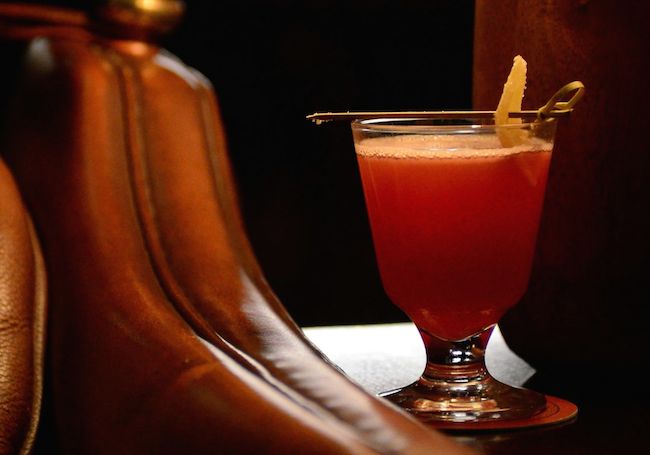
Redefining a Tour with Games
I was thinking about our private group tours that we do for corporate team-building events. And I noticed how often corporate groups want to do games, such as “Trapped in a Room with a Zombie,” which was actually pass by on this new tour. I decided to experiment with adding more games into the tour that would get people learning more and actively looking around them.
On our current public tours, like the Loop Interior Architecture Tour or the Historic Chicago Walking Bar Tour, we take a few minutes to play a game in which three contestants compete to win a small prize. The game asks questions pertaining to a theme, with answers that no one would actually know. Instead they have to make an educated guess. On this new tour, we play this kind of guessing game while sampling beer at the Berghoff. We talk about some everyday city life situations, like getting swindled or walking into a saloon.
Then I added in what I call a “visual scavenger hunt.” We did this kind of game for a one-off event last year with Chicago Artists Month. It was called “Logan Square Art Walk and Visual Scavenger Hunt.” People were given images from the landscape we passed by, and the first to spot them received a prize. For this new tour, we use the same idea. However, since the tour group is divided into two competing teams, we have one person from each team take pictures with his or her smartphone.
The Final Product, aka the 1893 World’s Fair Tour
Ultimately, I’ve come up with what I believe is a creative approach to a tour experience. I’ve integrated games that visually engage us with our surroundings. We venture into buildings whose interiors demonstrate the glittering architecture of the period. Snacks on the tour relate to products consumed at the 1893 World’s Fair. Most importantly, we tell forgotten stories hidden behind the things we see. Because I wrote the tour myself using primary sources, you won’t find many of these stories on any other walking tour or in any history book.
Overall, the 1893 World’s Fair Tour is super fun experience. I’ve done test runs with our staff and private groups before the public launch. The tour runs on Wednesdays at 5:45pm (come after work?), and Saturdays at 4:30pm. It’s also worth mentioning that on the public or private runs, guests will quench their thirst for learning about Chicago architecture and history over drinks.
We look forward to having you join us!
— Amanda Scotese, Executive Director


